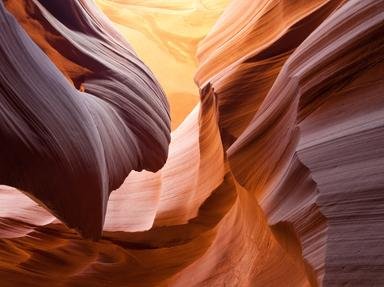Quiz Answer Key and Fun Facts
1. What is the unusual name of the largest gold mine in Ontario, Canada?
2. Located near Timmins, Ontario, what is the world's deepest base metal mine?
3. A particular type of deposit in central Canada is called the Mississippi Valley Type (MVT). In which type of porous sedimentary rock are MVT deposits always found?
4. Which particular element does Windy Craggy in remote British Columbia have that is in high demand?
5. The Canadian Shield contains some of the oldest sedimentary rocks on Earth with an extensive quantity of mineral deposits. Which body of water is in the center of the Canadian Shield?
6. While less glamorous, what type of valuable load does the Fording River Mine in British Columbia produce?
7. Ekati Mine near Lac de Gras is the first Canadian diamond mine. Which type of igneous rock extrusion led prospectors to believe they could find diamonds here?
8. Millions of years ago, southern Alberta used to be part of the Bearpaw Sea and is the only place in the world where ammolite is mined. How does ammolite form?
9. Which important ore do the Cigar Lake and McArthur River mines produce?
10. Based on total mining production, what is Canada's most valuable resource?
Source: Author
BigTriviaDawg
This quiz was reviewed by FunTrivia editor
rossian before going online.
Any errors found in FunTrivia content are routinely corrected through our feedback system.
